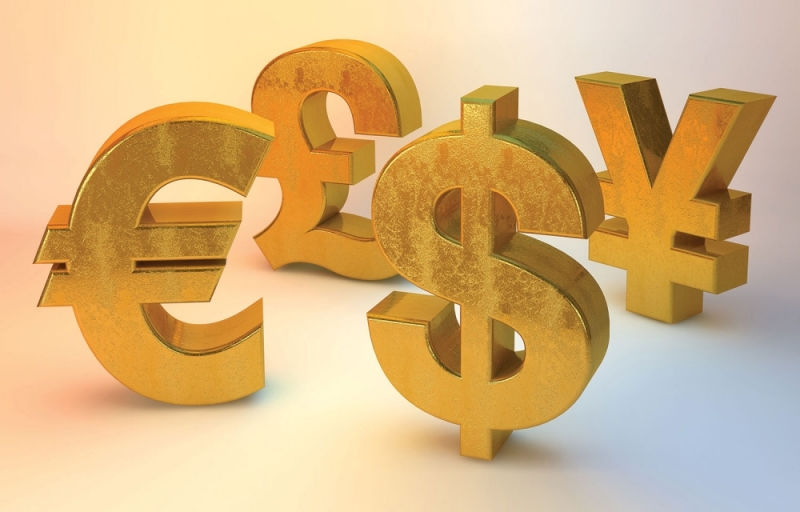
The fintech sector is anticipated to continue its tremendous expansion and evolution as 2023 draws closer. Modern-day financial management has changed as a result of the sector, which also includes investment platforms, internet banking, and mobile payment systems. The fintech sector has never been more active because of the development of cutting-edge technology like blockchain, artificial intelligence, and machine learning.
With a projected CAGR of 23.3% from 2021 to 2028, the fintech sector is expected to be valued at over $460 billion by 2023. Increased consumer demand for digital financial services, the adoption of cloud computing and big data analytics, and the rise of new fintech businesses are some drivers driving the expansion.
Mobile payments are one of the fintech sector's fastest-growing segments. Consumers are increasingly flocking to mobile payments for convenience and security due to the widespread use of smartphones and the simplicity of digital wallets. By 2023, the market for mobile payments is projected to grow from $1.4 trillion to $4.7 trillion.
Blockchain technology is a different area of fintech growth; it has the propensity, the technology to change a wide range of industries, including banking. Platforms built on the blockchain offer secure and transparent transaction records, which appeal to financial institutions as a solution. To further prove the emerging power of fintech, experts have predicted that by 2028, the blockchain market is anticipated to have grown at a CAGR of 67.3%, surpassing $70 billion in global value.

Blockchain technology and mobile payments are not the only factors promoting the rise of the fintech industry. In the finance sector, chatbots and virtual assistants powered by AI are increasingly common and offer individualized and effective customer support. To stop financial crimes from happening and to detect fraud, machine learning algorithms are also deployed.
How Much Is The Fintech Industry Worth Worldwide
The value of the Fintech industry is growing daily; the latest report on the actual value of that industry, released in 2022, says that it is worth $133.84 Billion. It was even projected to increase to $556.58 Billion by 2030. The Compound Annual Growth Rate (CAGR) is projected at 19.50%, and judging from the rate at which the industry is growing; the projected figure is very realizable.
But you must also understand that the global Fintech industry is not a single market; it is segmented into divisions that are also sectioned according to their relevance. These sections include:
• Deployment Stage
This stage is segmented into two: Cloud and On-premise, which also comes with special responsibilities.
• Application
Here, the industry is divided into fund and payment transfers, insurance and personal finance, loans, wealth/investment management, etc.
• Technology
The Technology segment of the fintech falls into the following categories: Artificial Intelligence (AI), Application Programming Interface (API), Data Analytics, Blockchain, Robotic Process Automation, and equivalent categories.
• End User

And last but not least is the End User segment. Like the Application segment, it falls into the insurance and banking industries.
Conclusion
The fintech sector is well-positioned for future expansion and innovation until 2023. The industry is poised to revolutionize how we handle our money due to the development of new technology and the rising demand for digital financial services. The future of finance appears more interesting than ever as fintech businesses continue to outperform traditional financial services





